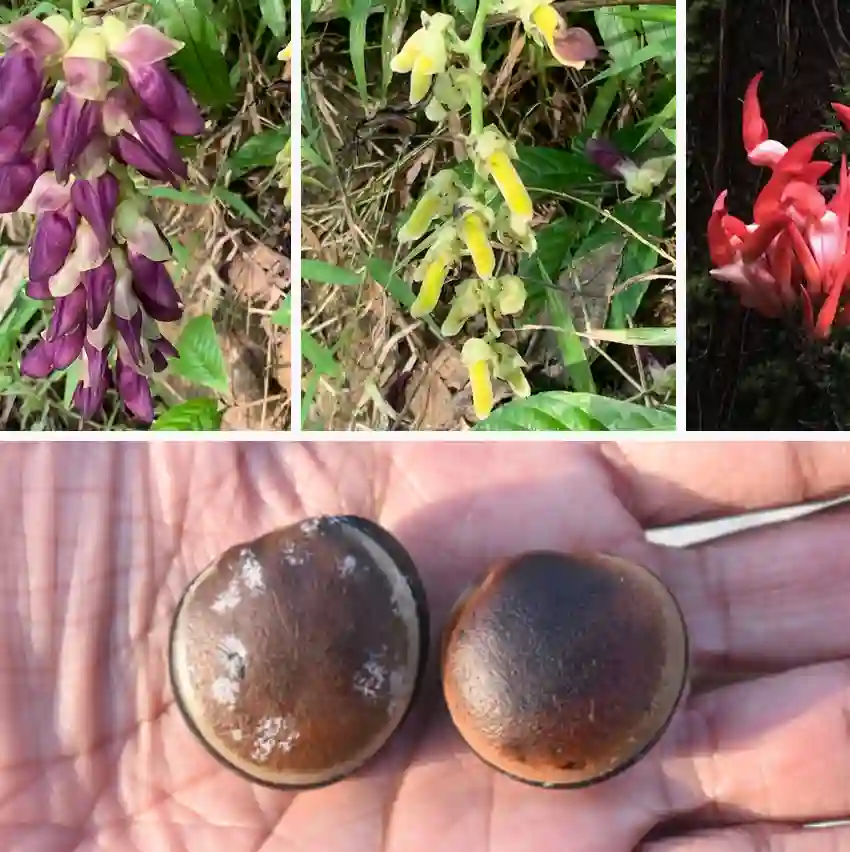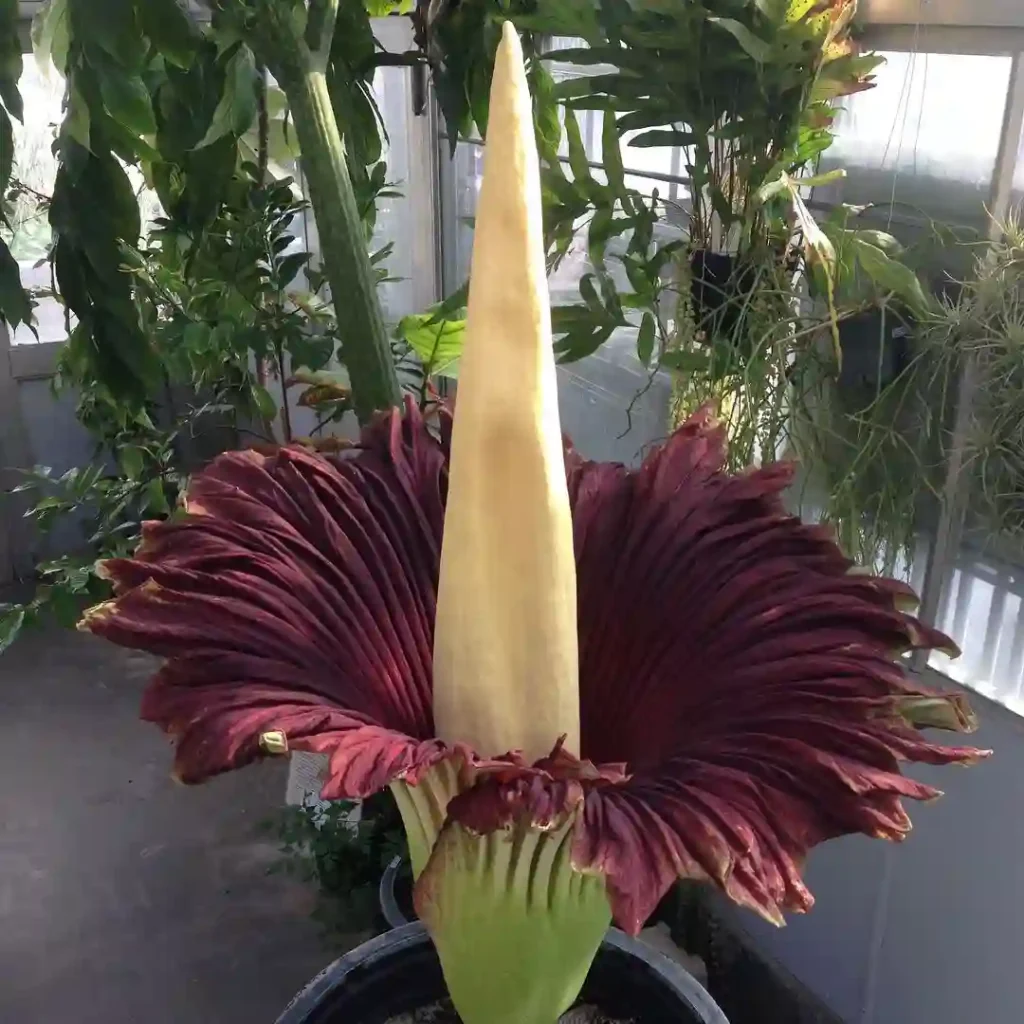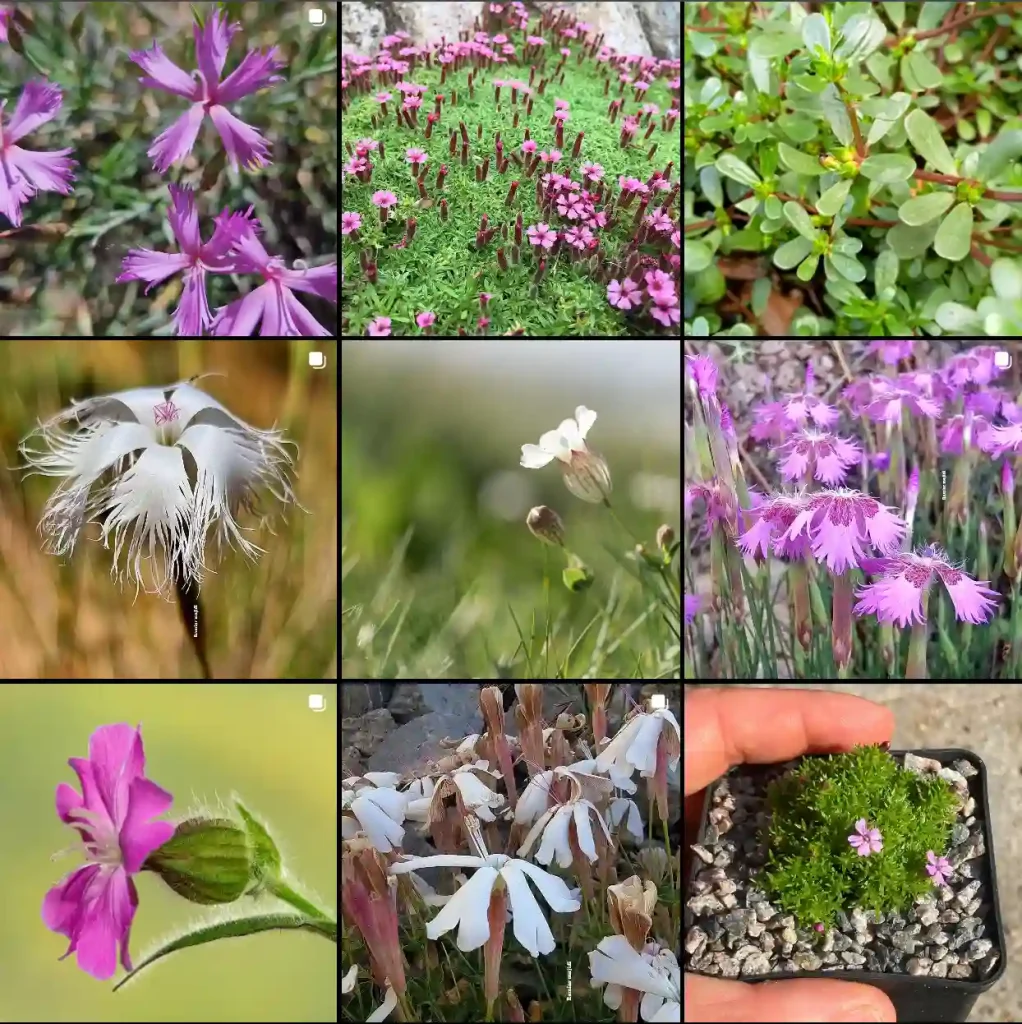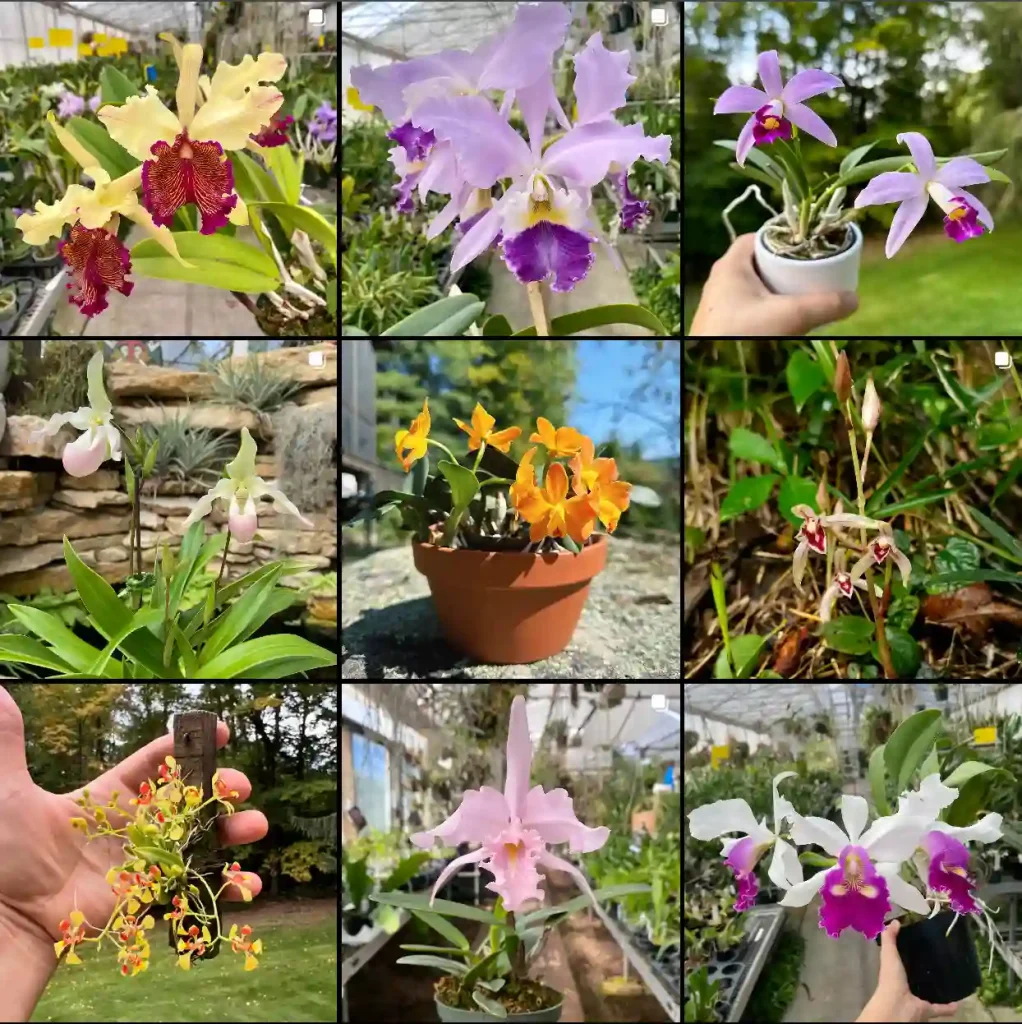Exploring the Coriariaceae Family: A Deep Dive into the Coriaria Genus
As a passionate botanist, I’ve always been fascinated by the diversity of plant families and their unique adaptations. One family that piqued my interest recently is the Coriariaceae, particularly its genus, Coriaria. This family is relatively small but boasts some remarkable characteristics worth exploring.
What is Coriariaceae?
The Coriariaceae family is often overlooked in botanical discussions, but it holds an essential place in the plant kingdom. Comprising a few genera, including Coriaria, this family is primarily known for its shrubs and small trees. Found mainly in temperate regions, these plants thrive in well-drained soils and are adapted to various environmental conditions.
Coriaria species are particularly interesting due to their unique biochemical properties. Many of them produce toxic compounds known as coriarin, which can be harmful if ingested. This feature has significant implications for their ecological interactions and potential medicinal uses.
The Genus Coriaria
The genus Coriaria includes several species, primarily distributed across Europe, Asia, and parts of the Pacific. One of the most notable species is Coriaria myrtifolia, commonly known as the myrtle-leaved coriaria. This plant can grow up to 4 meters tall and features glossy leaves and small, fragrant flowers.
Morphological Characteristics
Coriaria species are characterized by their alternate, simple leaves that can vary in shape from ovate to lanceolate. The flowers are typically small and clustered, with a color range from white to pale yellow. The fruits, which are usually berries, are another highlight. They often have a striking appearance and can attract various birds and insects, facilitating pollination and seed dispersal.
Habitat and Distribution
Coriaria species thrive in a variety of habitats, including rocky hillsides, open woodlands, and coastal areas. Their adaptability to different soil types makes them a common sight in their native regions. However, some species are endangered due to habitat loss and overexploitation.
Ecological Importance
The ecological significance of Coriaria cannot be understated. These plants play a crucial role in their ecosystems, providing food and habitat for numerous organisms. The berries are particularly important for birds, which rely on them for nourishment. In addition, the shrubs offer shelter and nesting sites for various small mammals and insects.
Traditional Uses and Applications
Historically, Coriaria has been used in traditional medicine, particularly in certain cultures. The leaves and berries have been employed in herbal remedies for various ailments. However, due to their toxic properties, these plants must be handled with caution.
One notable use of Coriaria is in the preparation of dyes. The berries can produce a range of colors, making them valuable for natural dyeing processes. This application highlights the multifaceted nature of these plants, extending their relevance beyond mere ornamental uses.
Conservation Concerns
As I delve deeper into the world of Coriaria, I can’t help but feel a sense of urgency regarding conservation. Many species are threatened due to habitat destruction, climate change, and invasive species. Conservation efforts are crucial to protect these unique plants and their ecosystems.
Organizations and botanists are working tirelessly to preserve the remaining habitats of Coriaria species. Efforts include habitat restoration, public education about the importance of these plants, and promoting sustainable practices that minimize human impact.
Future Research Directions
The potential for future research on Coriaria is vast. Scientists are beginning to explore the chemical compounds found in these plants, seeking to understand their properties and possible medicinal applications. This research could open new doors in pharmacology and botany.
Moreover, studying the ecological roles of Coriaria in their native habitats can provide insights into ecosystem dynamics and resilience. Understanding how these plants interact with their environment is crucial for developing effective conservation strategies.
Conclusion
The Coriariaceae family, particularly the Coriaria genus, may not be the most prominent in botanical discussions, but they certainly deserve recognition. Their unique characteristics, ecological importance, and potential applications in traditional medicine highlight the diversity of the plant kingdom. As I continue my exploration of plants, I look forward to learning more about these fascinating shrubs and advocating for their preservation. The world of plants is rich and varied, and the more we understand, the better equipped we are to protect it for future generations.
If i die, water my plants!



